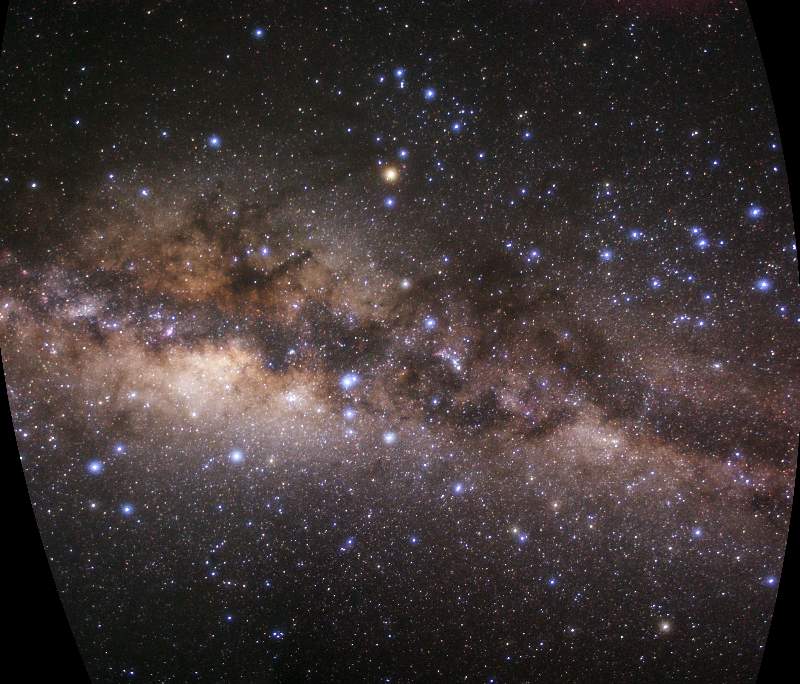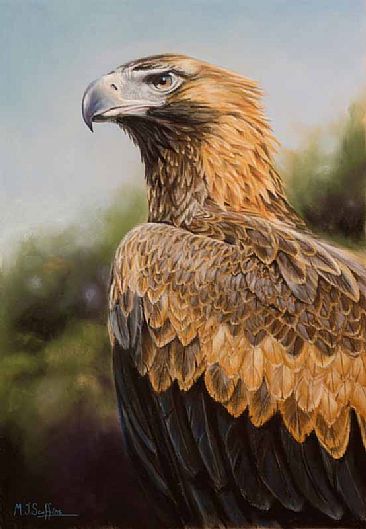By
Paul Curnow
...Continued from last week.
In many ancient and primeval cultures the sun is nearly always seen as male and the moon is viewed as female. For example, to the ancient Greeks the sun was the god Helios who daily drove his fiery chariot across the sky westward and the moon was the goddess Selene. In addition, in ancient Egypt the sun was known as the supreme god Ra and to the Aztecs of Mexico as Huitzilopochtli both male deities. However, in many but not all Aboriginal Australian cultures, our sun is often viewed as female and the moon as male. For the Kaurna People this is also the case. The Kaurna called the sun Tindo and the moon was named Kakirra. Although, Wyatt (1879) claims that Kakirra is male, not female. When the moon was full it was called Kakirramunto. Kakirra was believed to have a benevolent affect on human affairs, however, Tindo (sometimes written as Teendo) was considered to be more malevolent in nature.
Accordingly during the hours of darkness the Kaurna believe that Tindo sat in her Wodli (wurley) and ate fish. Furthermore, the Kaurna People believe that Tindo was originally created by an ancestral being named Monaincherloo, who was also known by the name Teendo yerle which meant ‘sunfather’. Wyatt (1879) had recorded that the Kaurna believed that Teendo yerle had created the sun, moon, stars, men and “plenty of things.”
 |
Jamie Goldsmith, Steve Goldsmith, Paul Curnow and Karl Telfer |
The Kaurna called the constellation of Orion Tiinninyarra (also sometimes written as Tiinninyarrana), and the Tiinninyarra are a group of young men who are hunting emu, kangaroo and other game of the celestial plain known as the Womma. They are hunting this game by the banks of a river, which they called Wodliparri (wodli=hut and parri=river). Therefore the band of the Milky Way from the Southern Cross through to the constellations of Orion, Auriga and Taurus is seen as a giant river in the sky world, and along the edge of the river are reeds and huts. Neighbours of the Kaurna to the south the Ramindjeri People who live around the Encounter Bay area also saw the band of the Milky Way as a river in the sky world with huts along the edge.
Additionally, along the edge of the Wodliparri, a group of women are collecting reeds and berries and they are known as the Mankamankarrana who many astronomers know today as the ‘Seven Sisters’ or the ‘Pleiades’ cluster. The Pleiades are an open cluster of stars which formed approximately 50-60 million years ago and are located some 378 light years away from our sun.
 |
| The Pleiades. Image from starryskies.com |
In addition, the dark patches along the band of the Milky Way are known as Yurakauwe (yura=monster or magnificent creature and kauwe=water). These dark patches are seen as waterholes, lagoons and billabongs where a very dangerous ‘being’ is said to reside. The Kaurna believe that if you were to wander too close to - or swim in these areas you would be dragged down under the water and killed by this creature.
 |
| Dark patches (dust lanes) in the Milky Way. Image from www.southernskyphoto.com. |
Prominent in the skies of Australia is the majestic Wedged-tailed Eagle Aquila Audax. Eagles and other Australian Birds feature strongly in many stories told by Indigenous Australians and the Kaurna have an eagle constellation known as Wilto. Unfortunately, there do not seem to be ethnographical recordings of which particular stars that the constellation of Wilto was comprised. However, I personally believe the Kaurna were referring to the Southern Cross as Wilto. I have a number of reasons for believing this.
 |
| A wedge-tailed eagle. Image from www.natureartists.com |
The Ngadjuri People who lived in the Barossa Valley and Clare Valley region north of the Kaurna People had a constellation they called Wildu. The Ngadjuri People viewed the Southern Cross as the footprint of the Wedge-tailed eagle Wildu. Furthermore, there are many words that are similar in the Ngadjuri and Kaurna languages in addition to some similar stories. To me, Wildu and Wilto are very similar in sound and they both refer to an eagle. Furthermore, one needs to be mindful that the Aboriginal Peoples of Australia did not use a written language, so many of these names have been recorded by early ethnographers who often spelt the word the way it sounded to them.
Accordingly, as we journey further north through the different Aboriginal Groups in South Australia other peoples also saw the Southern Cross as a Wedge-tailed eagle. Like the Ngadjuri People, the Adnyamathanha People of the Flinders Ranges also called the Southern Cross Wildu and it was seen as the footprint of the Wedged-tailed Eagle Aquila Audax. In addition, the Aranda People who come from the far north of South Australia and part of the Northern Territory saw the Southern Cross as a Wedgedtailed Eagle that they called Waluwara. The two pointer stars Alpha and Beta Centauri are his throwing stick and the Coalsack Nebula is his nest in the sky. The four brightest stars in the Southern Cross are Waluwara’s talons.
The Aboriginal Groups of Australia shared a close relationship with their environment and the natural world for 45,000+ years. Today we are left with just a taste, of the incredibly complex knowledge and understandings that the Kaurna People and other Aboriginal Peoples of Australia have developed over these thousands of years. This early drive to understand the night sky still fires the passions of many contemporary astronomers. Hopefully, efforts will continue to preserve these remaining snippets of stellar knowledge for future generations of Indigenous descendants and night sky enthusiasts.
References
Amery, Rob, 2000, Warrabarna Kaurna: Reclaiming an Australian Language, Swets & Zeitlinger Publishers, Netherlands.
Clarke, Philip, 1990, Adelaide Aboriginal Cosmology, Journal of the Anthropological Society of South Australia, Adelaide.
E.D.S.A., 1989, The Kaurna People: Aboriginal People of the Adelaide Plains, Education Department of South Australia, Adelaide.
Pring, Adele, Warrior, Fred, Knight, Fran, & Anderson, Sue, 2005, Ngadjuri: Aboriginal People of the Mid North Region of South Australia, SASOSE Council Inc.
Pring, Adele, 2002, Astronomy and Australian Indigenous People (draft), DETE, Adelaide.
Ridpath, Ian, & Tirion, Will, 2000, Collins Guide to the Stars and Planets 3rd Edition, Collins, London.
Willis, Roy, 1995, The Hutchinson: Dictionary of World Myth, Helicon & Duncan Baird Publishers, Oxford.
Simpson, Jane, & Hercus, Luise (Editors) et al, 1998, History in Portraits: Biographies of nineteenth century South Australian Aboriginal People, Southwood Press, Sydney.
Wyatt, William, 1879, Some Account of the Manners & Superstitions of the Adelaide & Encounter Bay Aboriginal Tribes with a Vocabulary of their Languages, Names of Persons and Places etc, E.S. Wigg & Son, Adelaide











